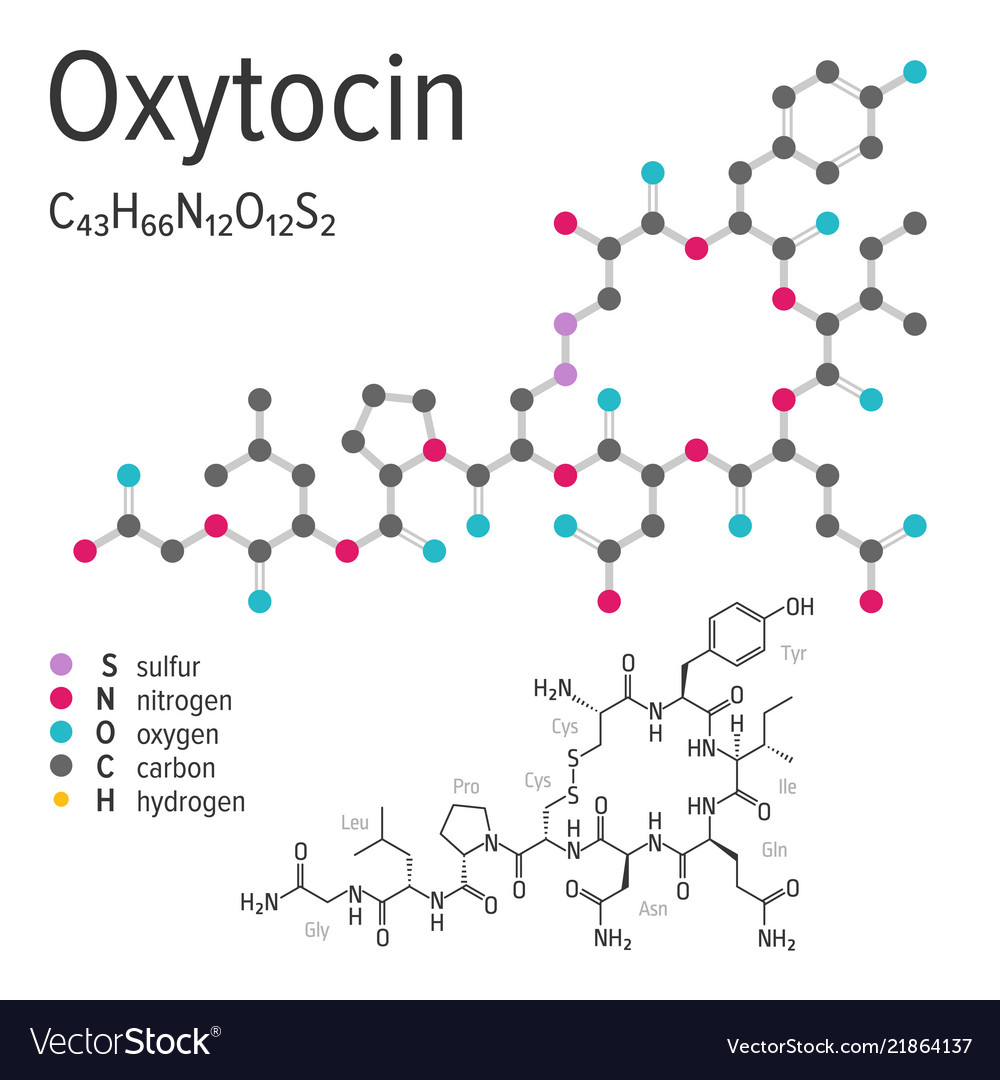Social touch promotes communication via oxytocin
Table of Contents
Table of Contents
Oxytocin: The Love Hormone
What if we could bond with our children in a way that strengthens emotional connections, reduces stress, and creates happy memories that last a lifetime? The answer may lie in the power of touch and the release of Oxytocin, commonly known as the “love hormone.” In this article, we explore the target of Oxytocin and the role of touch in strengthening the parent-infant bond.
The Pain Points
Parenting is hard work, and the expectations placed on modern-day parents are high. With so many different parenting styles and techniques, it can be overwhelming to navigate the best way to bond with your child. Moreover, modern life can distract even the most well-intentioned parent, leading to time away from the child, and less frequent bonding experiences.
The Target and The Role of Touch
The role of touch in bonding is not to be underestimated. The sensation of touch releases Oxytocin, strengthening the connection between parent and child. The more loving touch and skin-to-skin contact a child experiences, the more Oxytocin they release, and the more bond is strengthened. Beyond creating an emotional bond, Oxytocin also reduces stress levels and can create a lasting shift in a child’s emotional well-being.
Main Points
To summarize, the release of Oxytocin through touch is a critical part of creating a lasting bond between parent and child. By prioritizing loving touch, parents can reduce stress levels while creating happy and lasting memories.
A Personal Story of Parent-Child Bonding
My first child was born during a pandemic, and hospital protocols meant no visitors were allowed in the hospital room. When my child was placed in my arms for the first time, I remember feeling immediate bond and love. For the first few months of my child’s life, our world was small, and we spent all our time together. Even today, as my child grows, I prioritize loving touch, consistent routines, and frequent bonding activities to keep our relationship strong.
Oxytocin and the role of touch go hand in hand when it comes to parent-child bonding. When a parent shows love in the form of hugs, kisses, and any other “touchy-feely” interactions, the child feels loved and cared for. As a result, the child’s brain releases Oxytocin, solidifying the bond even further. In fact, scientists have found that Oxytocin is so powerful that it can trigger maternal behavior even in women who have not given birth.
The Pain of Separation and The Importance of Touch
Many parents experience separation anxiety when they have to leave their child in someone else’s care. In these instances, loving touch can help to ease the transition. Packing a child’s favorite blanket or stuffed animal can also provide a sense of comfort in the parent’s absence. Additionally, it is important to prioritize touch and bonding activities when reunited with the child, such as reading together, cooking together, or playing games.
Creating A Strong Parent-Child Bond Through Touch
To enhance bonding through touch, parents can:
- Engage in skin-to-skin contact, including holding the child without clothing between you or sleeping next to the child.
- Rock the child gently, ensuring that their head and neck are supported.
- Use soft, soothing voices when speaking and singing.
- Take breaks to enjoy the outdoors, as contact with nature can have a beneficial effect on Oxytocin levels.
The Science Behind Touch Bonding
When a child experiences touch bonding, the release of Oxytocin forms neural pathways in the brain. Over time, these pathways make it easier for the child to develop close, meaningful relationships with others. Additionally, the release of Oxytocin can create a cumulative effect, leading to higher levels of trust and emotional stability throughout the child’s life.
Question and Answer Section
Q1: What is Oxytocin?
A1: Oxytocin is a hormone released in response to loving touch and other forms of contact that promote bonding between individuals. It is often referred to as the “love hormone” or the “cuddle hormone.”
Q2: Why is touch so important in parent-child bonding?
A2: Touch promotes the release of Oxytocin, which creates a lasting emotional bond between parent and child. The more loving touch a child receives, the stronger this bond becomes, leading to easier emotional connections throughout the child’s life.
Q3: Can parents benefit from Oxytocin?
A3: Yes. Oxytocin is not only released when a child experiences loving touch, but also when an adult experiences love and affection in response to touch. Thus, when a parent bonds with their child through touch, they are also experiencing a beneficial rise in hormone levels.
Q4: Are there any negative effects of touch bonding?
A4: While touch bonding is generally a positive force in bonding, there have been cases where too much touch has been detrimental to a child’s emotional state. Parents should be sure to balance physical touch with other forms of bonding, such as verbal affirmation and active listening.
Conclusion of Oxytocin and the Role of Touch in Strengthening the Parent-Infant Bond
Bonding with your child is one of the most important things you can do as a parent, and touch is an excellent way to do it. By experiencing loving touch through cuddles, hugs, and skin-to-skin contact, parents can help their children feel secure, cared for, and emotionally stable. Moreover, the bond created through touch can last a lifetime, creating lasting memories that can be cherished for years to come.
Gallery
Oxytocin: The Love Hormone | Why We Need It | How We Can Get It
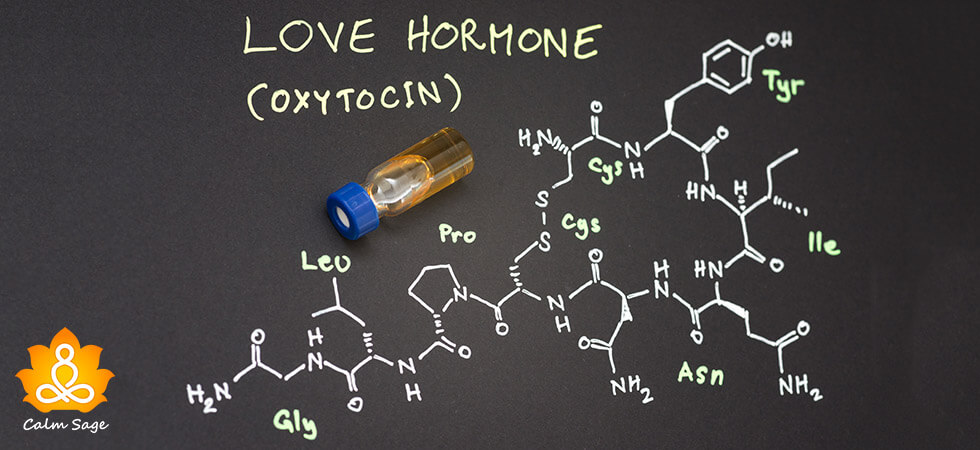
Photo Credit by: bing.com / oxytocin hormone neurotransmitter
Keep Calm & Cuddle On – SQ Online

Photo Credit by: bing.com / oxytocin structure hormone molecular chemical calm cuddle keep molecule relationships tattoo does oxitocina forming aids source serotonin look two releases
Frontiers | Two Birds With One Stone: Possible Dual-Role Of Oxytocin In
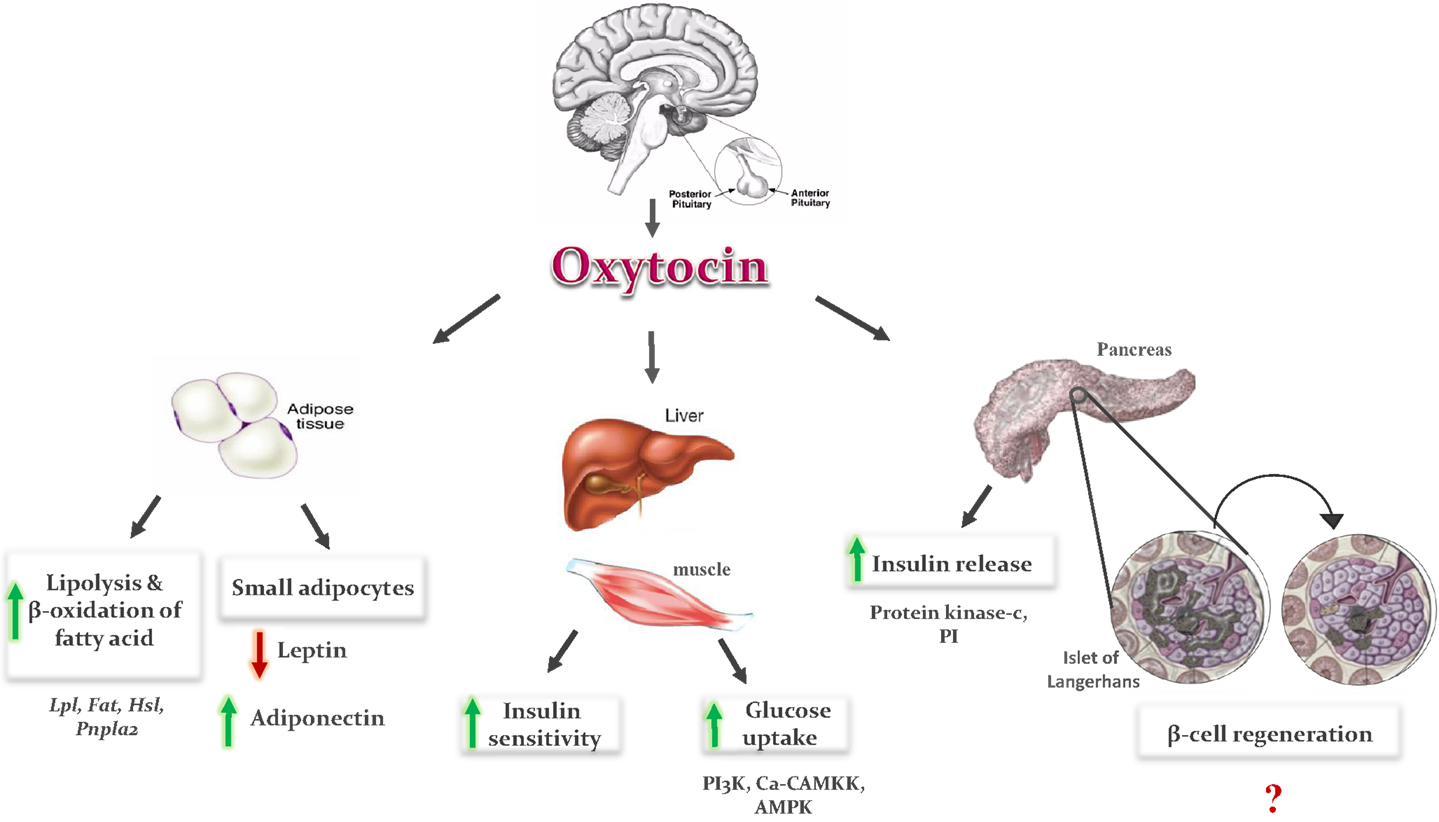
Photo Credit by: bing.com / oxytocin hormone role pituitary pregnancy secreted posterior effects gland released diabetes cells secretion when hypothalamus metabolic dual osteoporosis two lobe
» Human Touch And Our Internal Connection To Beauty Beauty Blog
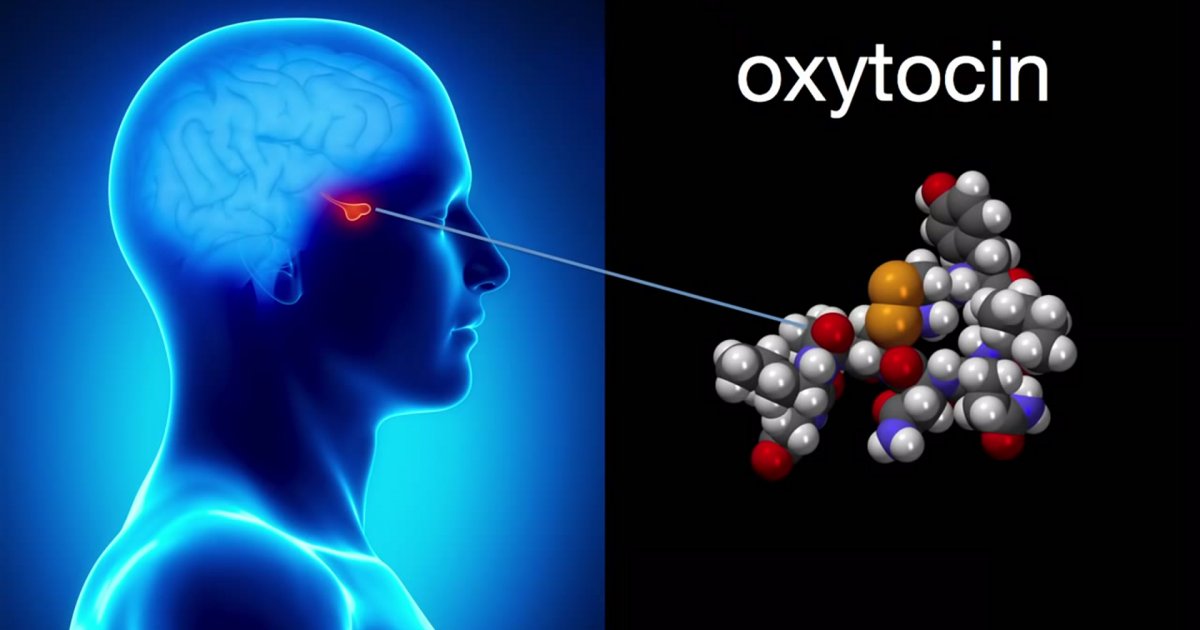
Photo Credit by: bing.com / oxytocin hormone hug gland brain released porn ted stress pituitary beauty releases when forth author young gary wilson effects talk
Social Touch Promotes Communication Via Oxytocin | Human Frontier
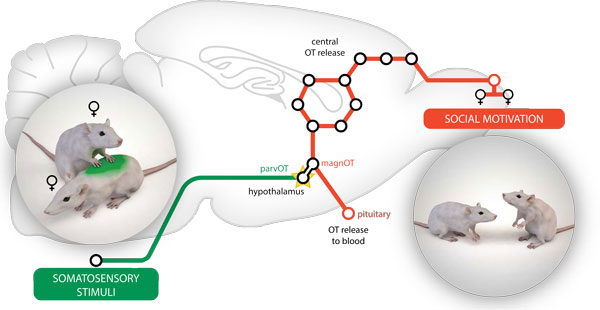
Photo Credit by: bing.com / oxytocin promotes

